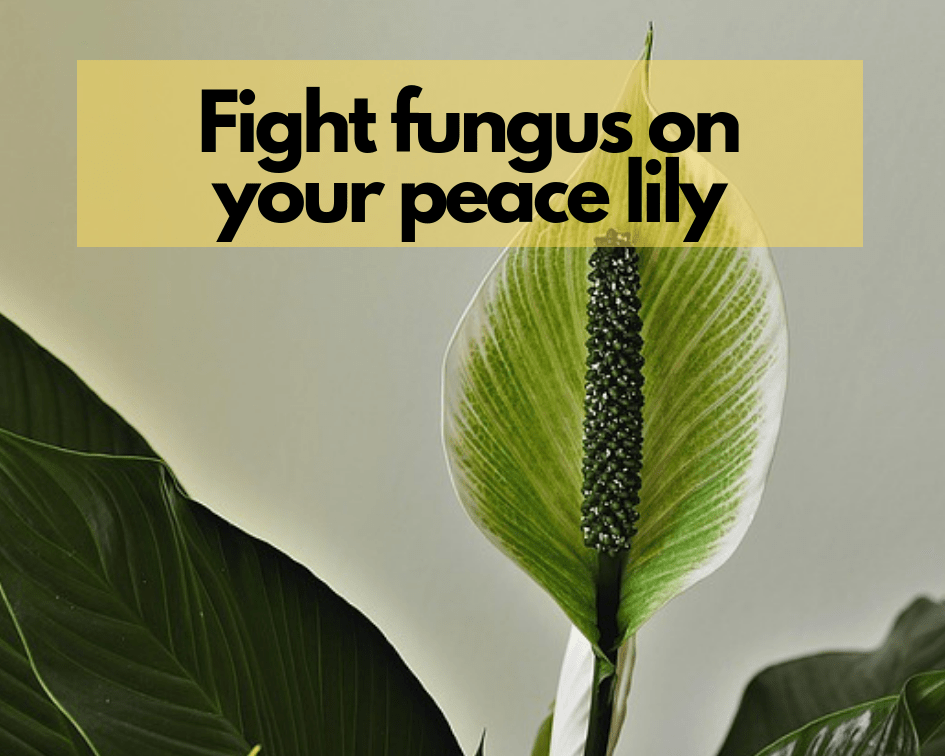This post may contain affiliate links. As an Amazon Associate we earn from qualifying purchases.
Tomato blight is a term that strikes fear into the hearts of gardeners and farmers alike. This devastating plant disease can decimate tomato crops if not properly managed.
“Late blight is the most devastating disease worldwide of both tomato and potato.” (see citation 1 at the end of this post)
So, let’s bring you up to speed on everything you need to know to manage this tomato disease.
What is tomato blight and what causes it?
Depending on whether your plant has early or late blight, it is caused by one of two types of fungi: Alternaria solani (early blight) and Phytophthora infestans (late blight).
Early Blight: A. solani prefers warm and humid weather. It primarily affects the leaves but can also impact stems and fruit.
Late Blight: P. infestans, is notorious for causing the Irish Potato Famine. Unlike the one that causes early blight, this pathogen thrives in cool, wet conditions and can affect both tomatoes and potatoes.
Symptoms of tomato blight
Recognizing the symptoms early is crucial for managing this disease.

Early blight symptoms:
- Small, dark spots on older leaves
- Concentric rings in the spots, resembling a bullseye
- Yellowing and browning of leaves, eventually causing defoliation
- Dark, sunken lesions on stems and fruit

Late blight symptoms:
- Water-soaked, pale green spots on leaves
- Spots rapidly turning brown and black, with a greasy appearance
- White, fuzzy growth on the underside of leaves during wet weather
- Brown, firm spots on fruit that can encompass the entire fruit
Treatment of blight
While there is no cure for this disease, treatments can help manage and minimize damage.
Anyone who hangs around this blog knows that I love, love, love copper fungicide, especially for my edibles. While it won’t cure early blight, it will slow it down by preventing new spores from forming.
Learn all about copper fungicide in our blog post What is Copper Fungicide? How and When to Use it. And, if you’re interested in an OMRI (Organic Materials Review Institute) certified product, we recommend Bonide Captain Jack’s Liquid Copper Fungicide RTU. It’s less expensive at DoMyOwn.com and they offer free shipping.
Unfortunately, if you don’t catch it in time, nothing will help late blight infections. In fact, a tomato plant that succumbs to late blight won’t recover, according to the pros at BBC Gardeners’ World Magazine.
Their recommendation is to “… remove the most obviously infected leaves and dispose of them [do not compost] … Do not re-use the soil for future tomato or potato crops for at least four years, and clean plant supports or tools that have been used on infected plants.”
Prevention is key
Preventive measures are the most effective way to combat tomato blight as they are for most fungal infections of plants. This is what fungicides do: they prevent spore release and, thus, infection.
Many universities promote the use of chemical fungicides to prevent an infection, including late blight infection of tomatoes. The recommended products, however, are toxic to humans and fish.
Some growers, on the other hand, have had good luck with a bio-fungicide that contains Bacillus subtilis var. amyloliquefaciens.
It includes “… a bacterium used to manage certain plant diseases by reducing the establishment of causal pathogens, mycelial growth and spore germination,” according to a document published by the Health Canada Pest Management Regulatory Agency.
A research paper presented by the Proceedings of the National Academy of Sciences, India Section B: Biological Sciences, speaks to excellent results when this bio-fungicide was applied systemically once every week, from the time your tomato plants are planted out.
Of course we have a favorite, it’s from Arber.
“Bacillus species have shown great potential to promote plant growth and suppress late blight in tomato.” (see citation 1, below)
There are other avenues to pursue to avoid the dreaded tomato blight:
- Crop Rotation: Avoid planting tomatoes in the same soil where tomatoes or potatoes were grown in the previous year.
- Proper Spacing: Ensure good air circulation by spacing plants adequately to reduce humidity around the plants.
- Watering Techniques: Water at the base of the plant rather than overhead to keep foliage dry.
- Mulching: Use mulch to prevent soil from splashing onto leaves, which can spread fungal spores.
- Pruning: Remove lower leaves and suckers to improve airflow.
- Sanitation: Clean up plant debris and dispose of infected plants to reduce the source of fungal spores.
Plant blight-resistant tomato varieties – here’s a list
- Mountain Magic: Resistant to late blight and other common tomato diseases.
- Iron Lady: Offers high resistance to both early and late blight.
- Damsel: Bred for late blight resistance.
- Matt’s Wild Cherry: Known for its resistance to late blight and excellent flavor.
- Jasper: A cherry tomato variety with resistance to both early and late blight.
Citation 1: Bahramisharif, A., Rose, L.E. Efficacy of biological agents and compost on growth and resistance of tomatoes to late blight. Planta 249, 799–813 (2019).




